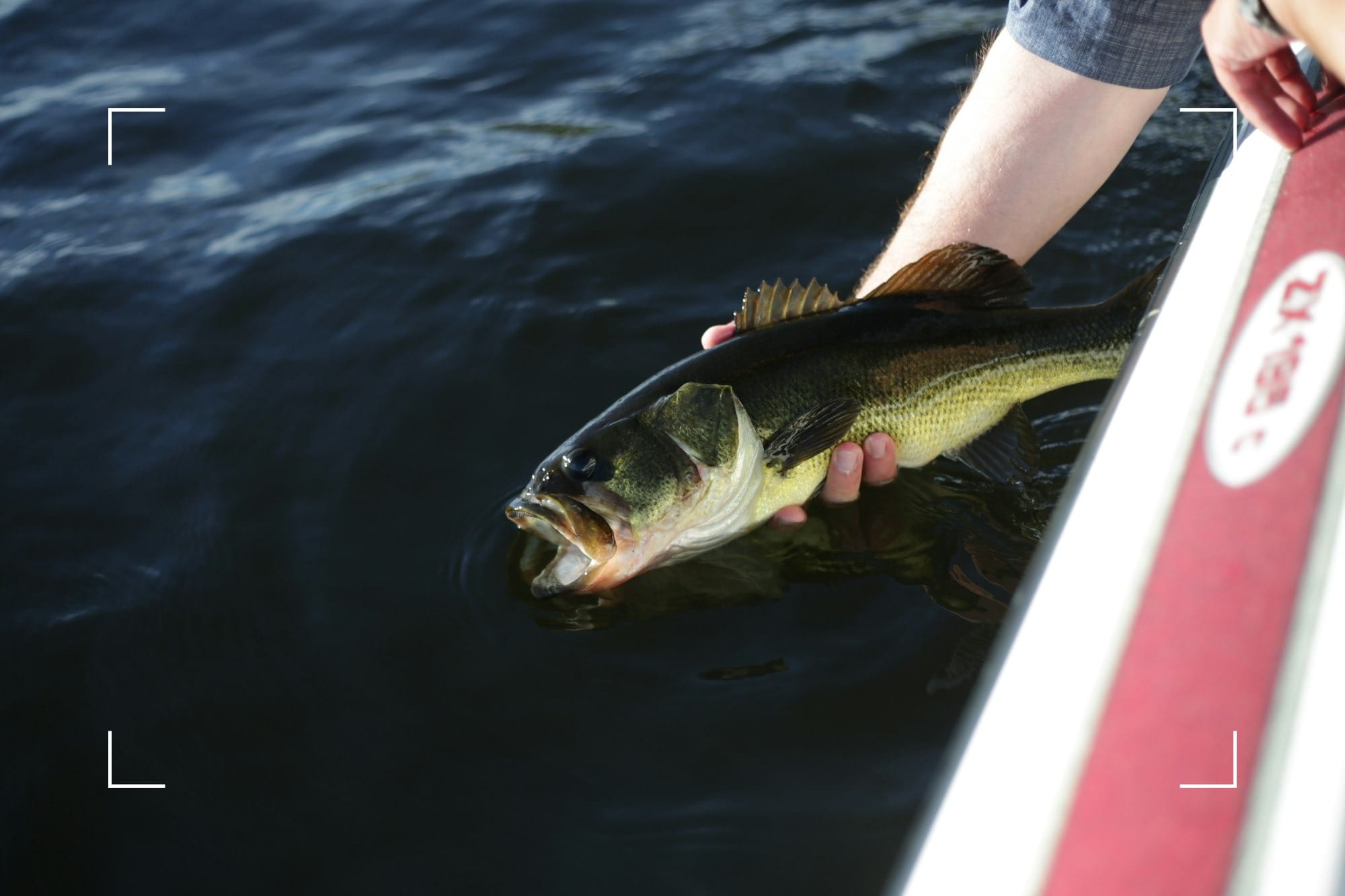Swim Bladders and Pressure Changes
Let's take a closer look at how fish swim bladders might be influenced by atmospheric pressure changes (ie; storms, cold fronts)

March 2023
You've probably talked to this guy, the guy that is convinced that barometric pressure has dramatic consequences on any fish outing. He might even share some details about how a fish's swim bladder factors into to his conclusions. But are there any truth to these assumptions? Let's take a closer look at how fish swim bladders might be influenced by atmospheric pressure changes. If you're interested in taking an extremely deep dive into how barometric pressure influences fishing success, make sure to check out our article: Myth-Busting: The Barometric Pressure Debate.
Can fish quickly adjust their swim bladders in response to pressure changes?
For fish like walleye and bass, rapid pressure changes (for example catching a fish deep and pulling it up to the surface) has detrimental consequences for the fish. These fish are physoclistous, meaning that their swim bladders are not connected to their alimentary canal (digestive tract), which effectively means that they must diffuse oxygen gas from their blood to fill their swim bladders. There's no doubt that being quickly pulled up from the depths has detrimental effects (similar to 'the bends' experienced by scuba divers who resurface too quickly), but subtle barometric pressure changes may require diffusion time to fill or empty a swim bladder. Alternatively, and quite possibly more easily, this type of fish could reposition their depth to compensate for any pressure differences.
This differs from trout and other physostome fish, where the swim bladder is directly connected to their digestive tracts. Meaning, trout can burp to rapidly ameliorate uncomfortable pressure from within their swim bladder. This is exemplified by lake trout anglers who pull up Mackinaw from deep water. Often, these trout are seen bubbling as they surface, which is the fish's attempts to adjust their swim bladder to a rapid change in pressure as they approach the surface. If a trout can rapidly adjust to changes in pressure from 30+ feet deep, how would minor barometric pressure changes disturb a trout?
Notable Examples
- Largemouth Bass: physoclist
- Walleye: physoclist
- Bluegill: physoclist
- Trout: physostome
- Common Carp: physostome
- Northern Pike: physostome
- Bonefish: physostome
- Tarpon: physostome

Sources:
- Due West Anglers. 2022. Myth-Busting: The Barometric Pressure Debate. https://www.duewestanglers.com/myth-busting-the-barometric-pressure-debate/
- Parkyn, D. 2017. Understanding Swimbladders and their Function in Fishes. https://units.fisheries.org/fl/wp-content/uploads/sites/17/2017/01/shellcracker_2013Apr.pdf


